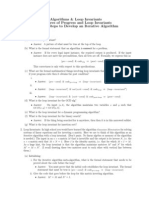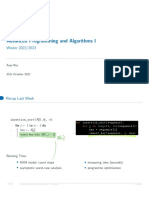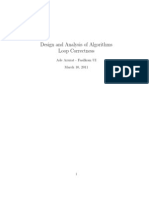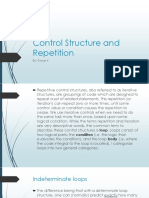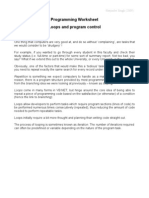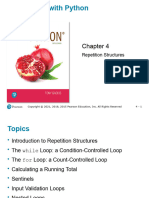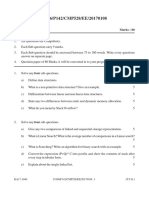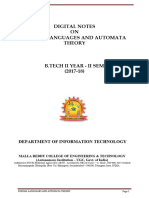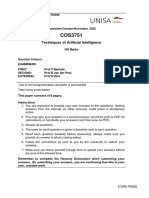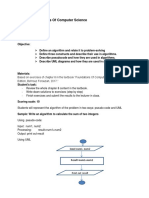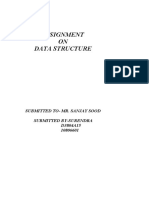0% found this document useful (0 votes)
40 views14 pagesLoop Invariant
The document discusses the concept of loop invariants in algorithm design, emphasizing their role in proving algorithm correctness and analyzing running time. It outlines the three essential conditions for a loop invariant: initialization, maintenance, and termination. Additionally, it provides examples of how to apply loop invariants in designing algorithms, particularly in determining maximum values in a dataset.
Uploaded by
shanicrazyfCopyright
© © All Rights Reserved
We take content rights seriously. If you suspect this is your content, claim it here.
Available Formats
Download as PDF, TXT or read online on Scribd
0% found this document useful (0 votes)
40 views14 pagesLoop Invariant
The document discusses the concept of loop invariants in algorithm design, emphasizing their role in proving algorithm correctness and analyzing running time. It outlines the three essential conditions for a loop invariant: initialization, maintenance, and termination. Additionally, it provides examples of how to apply loop invariants in designing algorithms, particularly in determining maximum values in a dataset.
Uploaded by
shanicrazyfCopyright
© © All Rights Reserved
We take content rights seriously. If you suspect this is your content, claim it here.
Available Formats
Download as PDF, TXT or read online on Scribd
/ 14


















